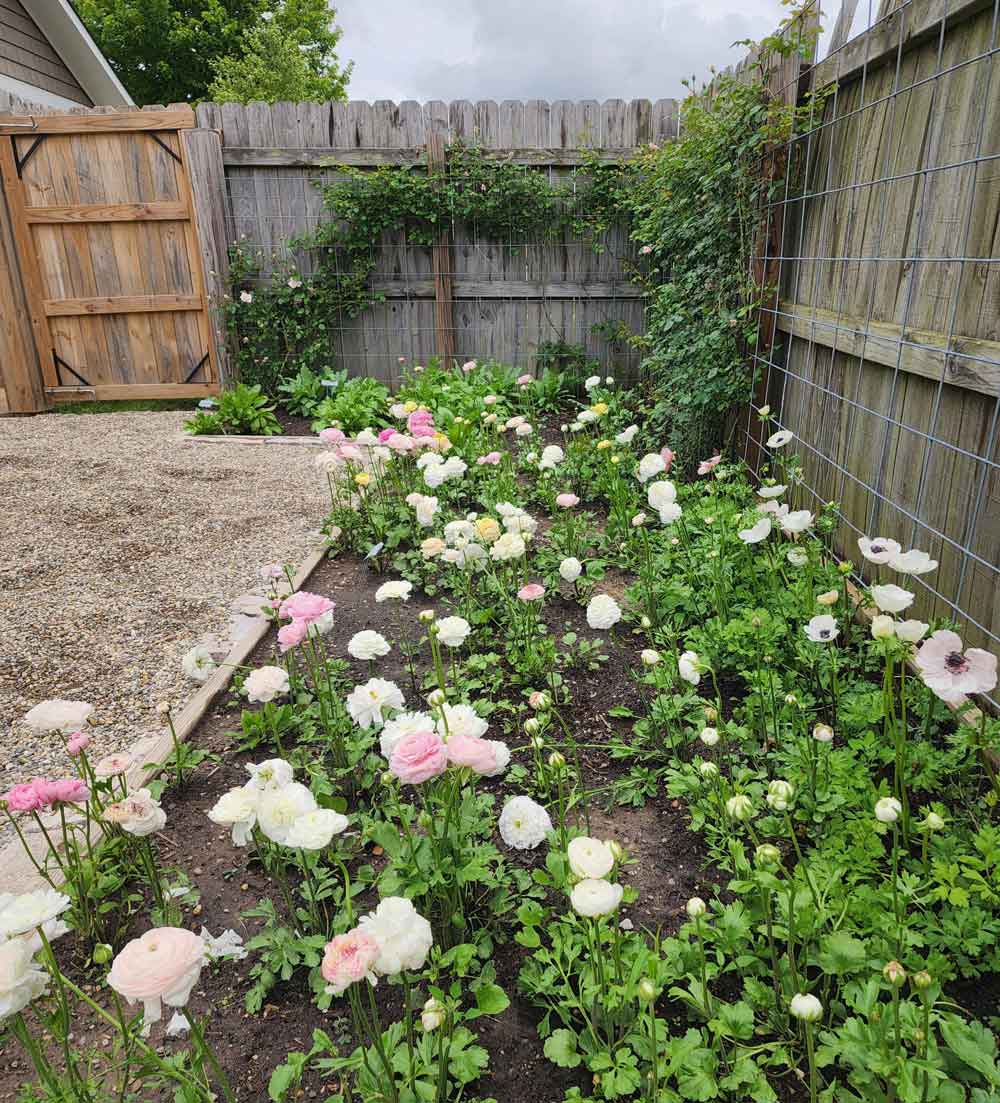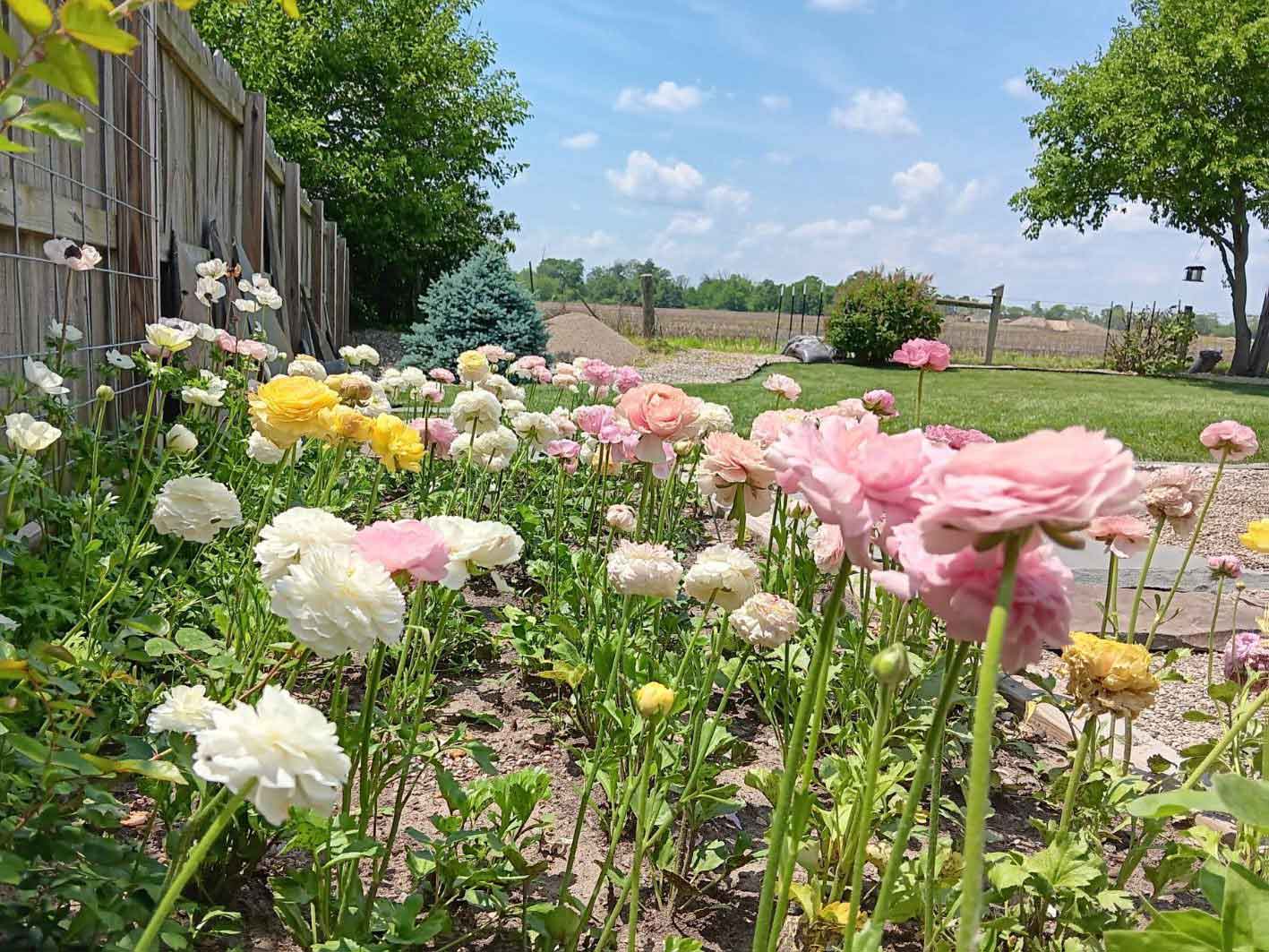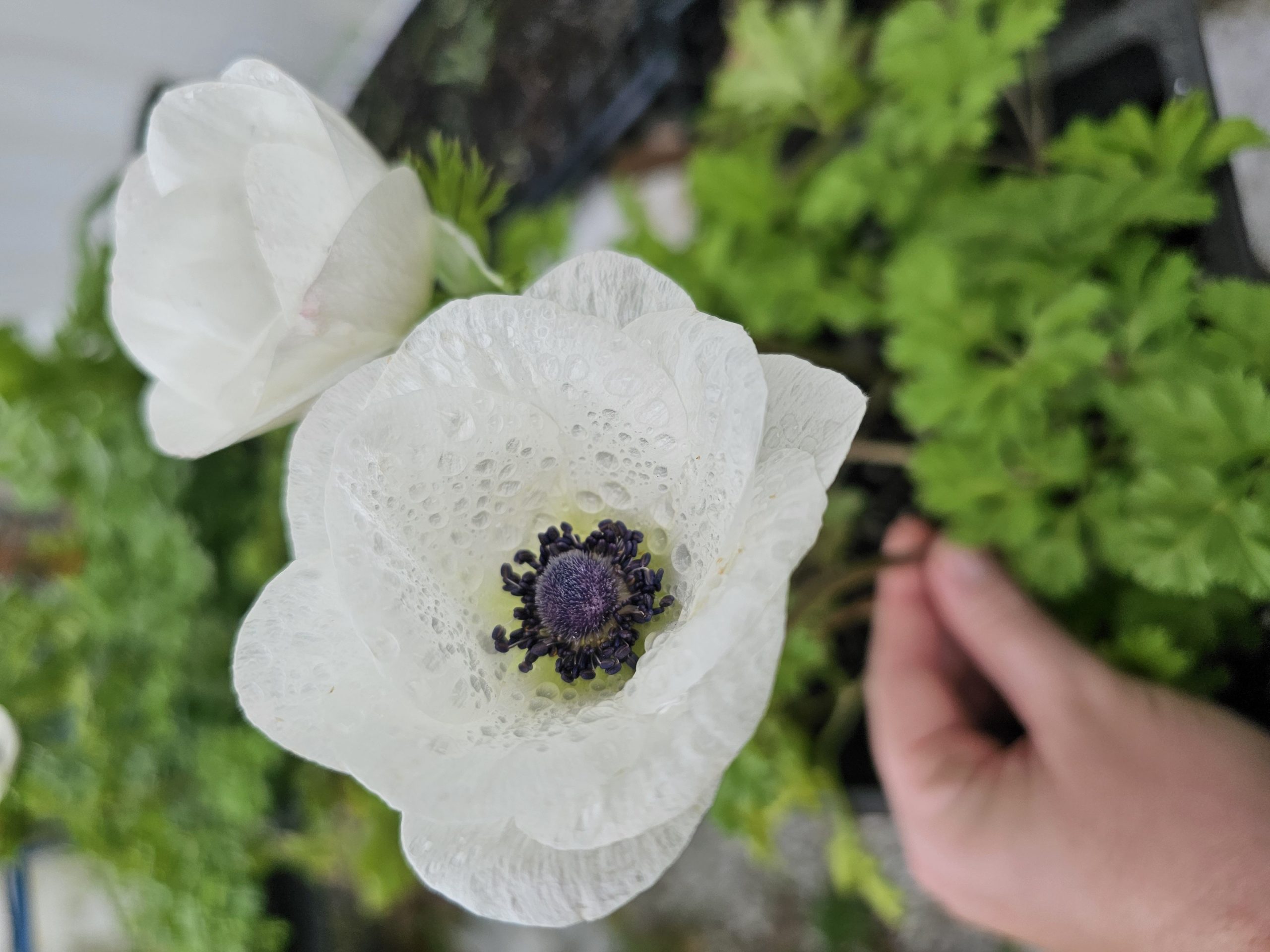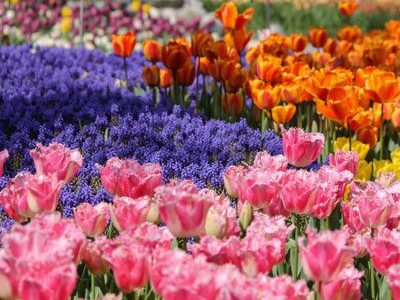About Blanda Anemones
Native to the mountains of Europe, Anemone blanda is suitable for zones 5 through 9.
Anemone blanda is also commonly known as the Balkan anemone, Grecian windflower, or simply anemones. Their flowers are characterized by open, daisy-like shapes and can come in various colors such as white, blue, and pink. Despite their relatively small size of around one inch in width, they are still beautiful to behold. These flowers are particularly suitable for flower beds, borders, wooded gardens, and rock gardens because they do not grow taller than half a foot. The leaves are deeply cut and numerous, with a fern-like appearance that provides a delightful background to the vibrant flower petals.
When to Plant Blanda Anemones
The best time to plant the corms is in the fall once the ground has chilled down to about 55°F. The soil usually reaches this temperature after about two weeks of nighttime temperatures that have hovered in the 40s.
Where to Plant Blanda Anemones
For this specific flower species to thrive, it requires either full sun or partial shade. To ensure that your anemone blanda plants remain healthy, the planting area should receive good sun exposure for a minimum of six to eight hours daily. While the soil doesn’t have to be top-grade, it shouldn’t be of poor quality either. A decent, mid-grade quality soil is suitable, especially if it contains a fair amount of sand. Additionally, it’s crucial to ensure that the area has excellent drainage, as excessively damp soil can lead to bulb or root rot.
The best soil is a sandy loam. For clay soil, break up the clay about a foot deeper than the planting depth of your bulbs and amend the bed with sand, peat moss, and/or well-aged, neutral pH compost. For excessively sandy soil, amend the bed with peat moss, aged leaf compost, and/or well-aged, neutral pH compost.
How to Plant Blanda Anemones
For the best results, soak the anemone tubers in water overnight, then plant them the next day. Plant the corms four inches deep and three to four inches apart, with about nine bulbs per square foot.
Do not put anything in the bottom of the hole that you’ve dug for the corms as it could cause root burn. Nestle the corm into its hole, and don’t worry about which side is up and which side is down. Top growth will grow toward the surface of the soil. Fill and cover the hole with soil to the level of the bed, and tamp down the soil lightly, making sure that individual holes are no longer apparent and that the garden bed surface is level. This will help to prevent water from filling up any of the individual planting holes.
How to Care for Blanda Anemones
These flowers are highly regarded for their ability to be among the first to bloom in the spring, providing a four to six-week long flowering period. They are also known for their resilience to drought, humidity, and heat, but they do have one weakness that requires careful attention when choosing a planting location. In areas prone to windy weather, it’s advisable to protect the anemones by planting them in a sheltered spot or creating a protective shield.
Maintenance for anemone blanda is relatively simple. As they are quite resilient to drought, watering during the summer months is not typically an issue. However, it’s essential to keep them well-watered in the autumn and spring. Planting multiple anemones together can help them thrive as they tend to grow better in groups. Fertilizer is unnecessary as anemones naturally multiply every year through seeds and tubers.






